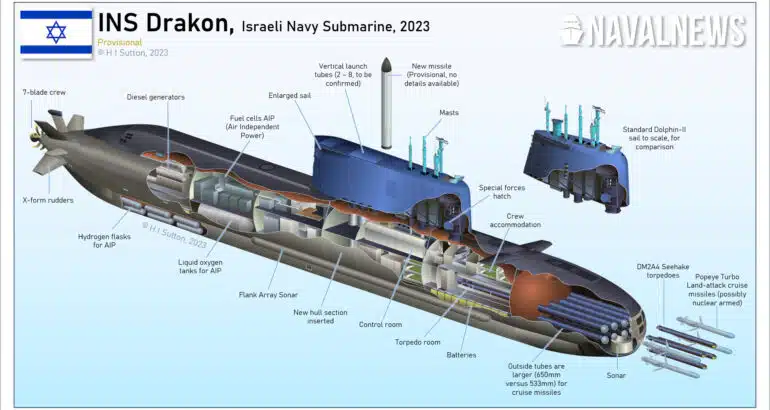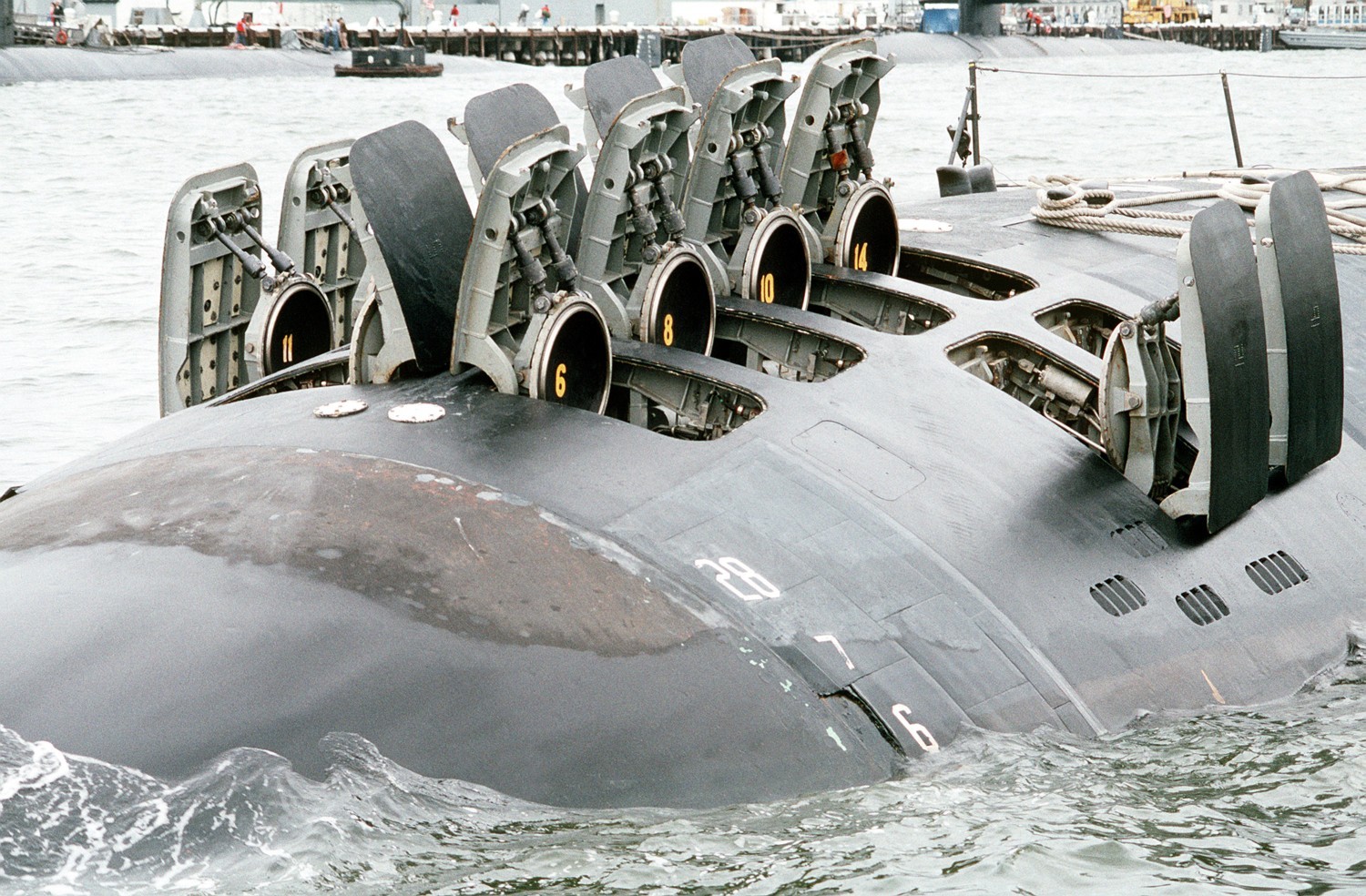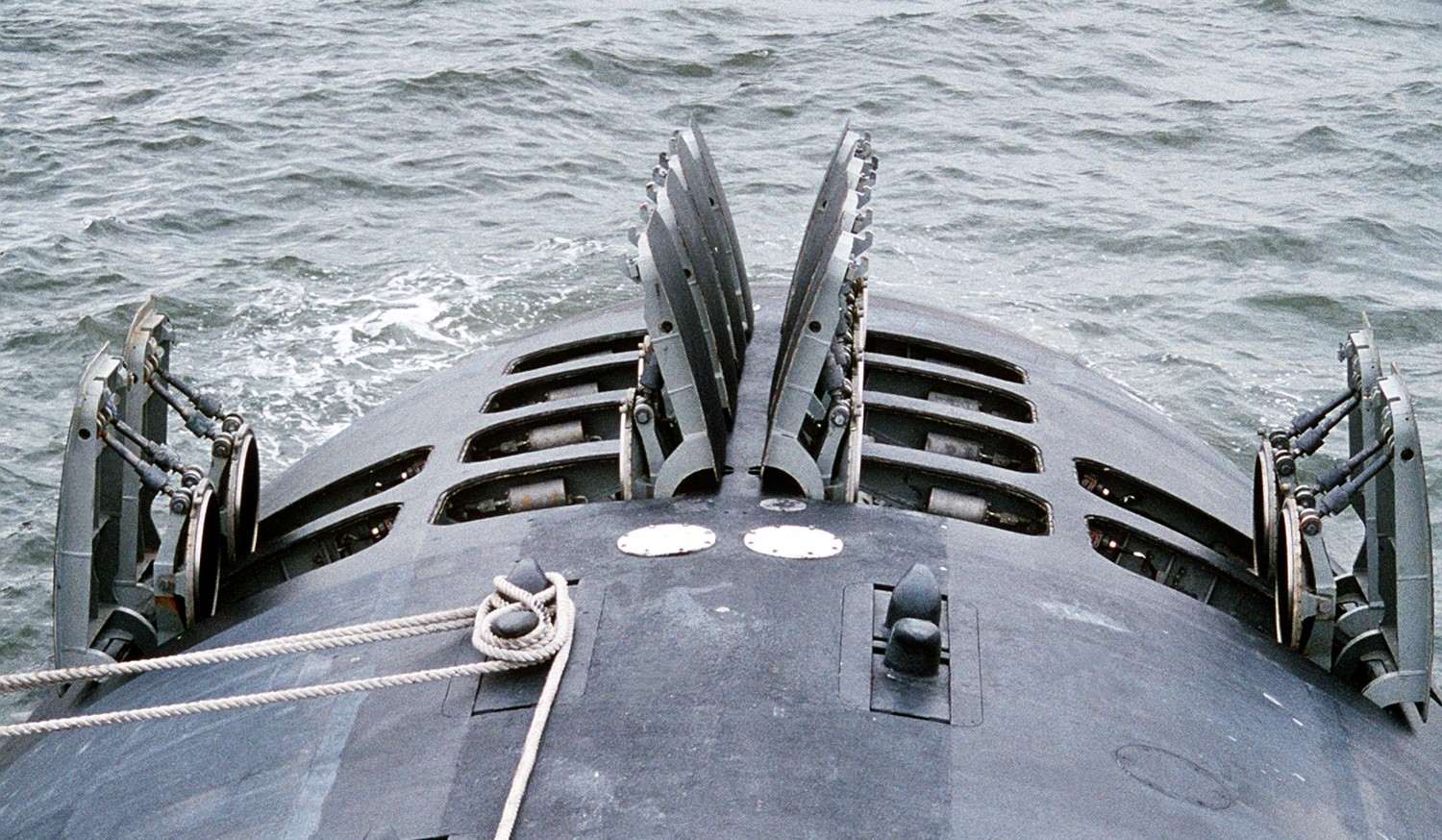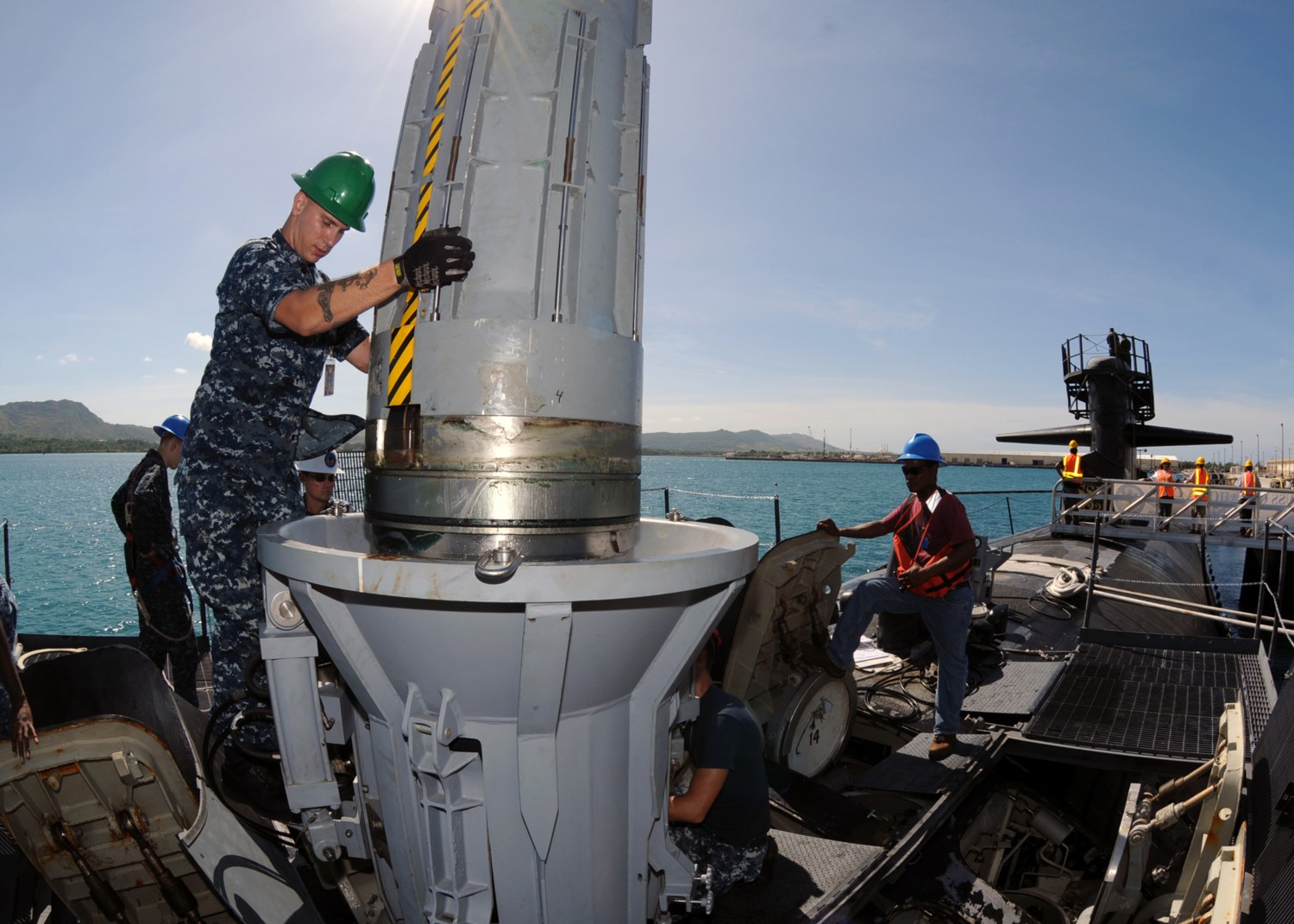According to Estimates, Israel’s New Submarine Has New Vertical Missile Launching System
The Israeli submarine INS Dragon (“Drakon” in Hebrew) was revealed in photos taken at the TKMS Kiel shipyard in Germany, and the internet is buzzing with questions surrounding a vertical launching system (VLS). Rumors about this Israeli development have been circulating since 2020.
If online analyses are accurate, this would be the first time such a system is installed on an Israeli submarine, showcasing the advanced capabilities of the next generation of Israeli submarines (Dolphin-3 class). These submarines will also be constructed at the German shipyard.
"Drakon is the third submarine in the Dolphin 2 class. Drakon is very different from the preceding two in having a curiously extended fin/sail. The purpose of this extended fin/sail might merely be for streamlining/quietness, or to contain more masts/sensors, or perhaps to house between 2 to 4 vertically launched missiles," according to an article in the Gentle Seas blog.
The article goes on to estimate the height of the fin/sail to be around six meters. “When added to Drakon’s beam of 7 meters, that would permit a missile 12.5 meters tall.”
In Israel, all matters related to submarine missile systems are classified. There has been no official acknowledgment of the images of INS Dragon that are circulating online nor to its its armament system.
Therefore, the purpose of this article is not to definitively establish what Israel is or is not developing in this context. Instead, the aim is to provide analyses from the web regarding the publications that followed the exposure of INS Dragon’s photos. Some of these publications may prove accurate, while others may not.
Why is a VLS needed on a submarine?
Let's start with the fact that the VLS system on submarines isn't an Israeli invention. South Korea developed the KSS-III submarine, the Soviet Union developed the Golf-class SSB, North Korea developed the Romeo-class, and so on. All of these submarines are diesel-electric. In the nuclear propulsion category, there's the U.S. Virginia Class and Los Angeles-class, India's Arihant-class, the UK's SSNR, and more.
So, one of the questions arising from the INS Dakon photos is why a submarine needs a VLS. There are several aspects to consider. First, there's the diameter of the launch tubes. In submarines where missiles are launched through torpedo tubes, the missile's diameter must match the tube's diameter. The standard is usually 533 mm. However, according to foreign reports, Israel requested the Germans to widen the tubes to 650 mm.
With a VLS, larger-diameter missiles can be loaded. Submarines with VLS systems typically launch two types of missiles: ballistic missiles or cruise missiles. A vertical launch system consists of multiple cells (silos) that can hold one or more ready-to-fire missiles. Each cell can usually accommodate different types of missiles. For example, in the Virginia-class submarines of Block III, the vertical launch tubes have a diameter of over 2 meters (87 inches) each.
Standardization is crucial. When new missiles are developed, they are usually designed to match a country's vertical launch systems. This allows existing ships and submarines to use new missile types without costly integration. Additionally, if a launch system is tailored to friendly nations’ launch systems, countries can purchase compatible launchers from each other.

Diagrams courtesy of Naval News
For instance, the UK and Australia could use American missiles in their submarines. Standardization also aids during war when one nation can support another by transferring launchers during shortages. The most common VLS system in the naval world is the Mark 41, developed by the U.S. Here are images of the Mark-45 system in U.S. submarines, including missile loading.
The 12-cell Mk-45 VLS is a launching system in use on US Navy SSN’s and SSGN’s.
UGM-109 Tomahawk missile was loaded into a Mk-45 VLS aboard USS Oklahoma City (SSN 723)
Another argument lies in the flexibility provided by having two launch systems on a submarine: torpedo tubes and VLS. This flexibility allows for the use of a variety of missile types for different purposes. One drawback of VLS is that loading missiles at sea during transit is challenging. Torpedoes, on the other hand, can be loaded more easily.
"Cold Launch" vs. "Hot Launch"
Vertical launch systems (VLS) can involve either a hot launch or a cold launch. In a hot launch, the missile is ignited inside the cell, while in a cold launch, the missile is ejected using gas generated by a gas generator that is separate from the missile itself. This is according to a publication by academic-accelerator.
In a "cold launch," the term "cold" refers to the relatively cold ejection of the rocket motor. A hot launch system doesn't require an ejection mechanism, but it does need a way to deal with the exhaust gases and heat of the missile as it exits the cell. If the engine is ignited within the cell without an ejection mechanism, the cell must withstand the intense heat generated without igniting the nearby missiles in adjacent cells.
The advantage of a hot launch system is that the missile uses its own engine to propel itself out of the launch cell, eliminating the need for a separate system to extract the missile from the launch tube. This can make hot launch systems relatively lightweight, compact, and cost-effective for development and production, especially when designed around small missiles. A potential disadvantage is that a failed missile could potentially damage the launch tube.
The advantage of a cold launch system is its safety. Even if the missile's engine fails during launch, a cold launch system can still eject the missile and reduce the threat. For this reason, Russia's VLS is often designed with a trajectory that ensures a malfunctioning missile lands in the water rather than on the ship's deck. Most modern ICBMs and SLBMs are launched from a cold launch system on naval platforms.
Transition Between Missile Generations for Submarines
Another site that discussed the INS Dragon images is Naval News, which wrote that "The Dolphin-II already had a lengthened hull compared to the original Dolphin-I in order to fit in AIP (air independent power). The new hull insert makes the submarine even longer. Based on available information, the follow-on Dakar class will be about the same length as Drakon and feature a similarly lengthened sail.”
“Rough estimates suggest that the longer hull and sail add a space approximately 2 meters wide by 4 meters long and up to 11 meters deep. “This could accommodate two large missile silos, or more likely, 4-8 smaller ones. It is also a reasonable assumption that they can be nuclear armed,” Naval News said.
Billion Dollar Submarine
According to an NDR report, Israel and Germany have closed a deal for the production of three new submarines, Dolphin-3 or Dakar class, as mentioned earlier. These submarines are set to replace the three older submarines (INS Dolphin, INS Leviathan, INS Tekumah). The cost is approximately three billion euros for all three submarines. Germany will subsidize about one billion euros of this sum. This is the most expensive defense acquisition that the State of Israel is making.
“In order to be prepared for the order, ThyssenKrupp Marine Systems says it is already investing around 250 million euros in its shipyard. Kiel is thus securing its location as an international competence center for conventional submarine construction,” said the article.
If the reports about the development of a new missile for the new submarines are accurate – then such a development, as claimed, takes at least a decade from conceptualization to operational deployment on a submarine. If the new submarines are expected to enter service around 2030-2031, it implies that the missile's development began in the early 2020s and is currently at work by defense industries like Rafael and the aerospace industry."
One more point to mention. About a decade ago, Israel built the Polygone in Haifa, a covered dock for submarines, so that submarines or naval aircraft wouldn't know how many submarines were at sea and how many were in the base. It was also used to conceal the loading of the weapons.






No comments:
Post a Comment